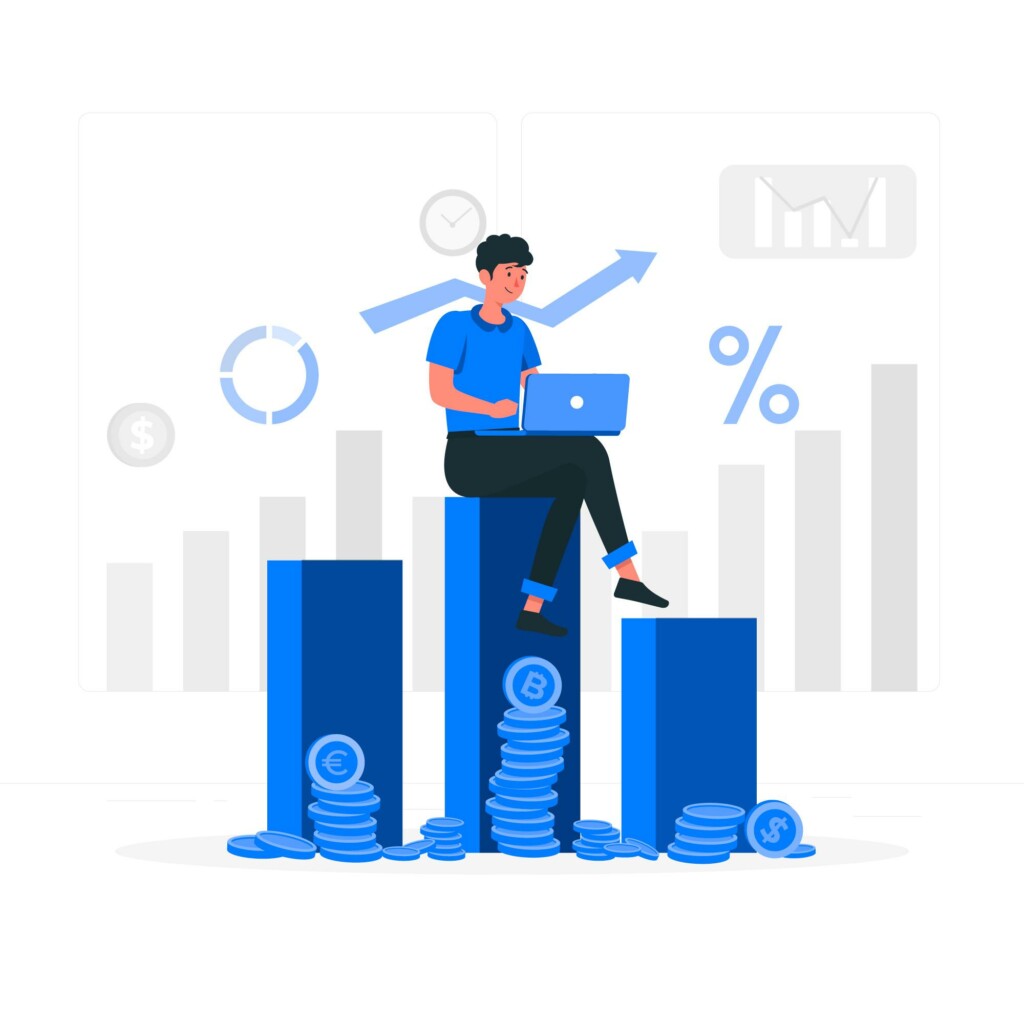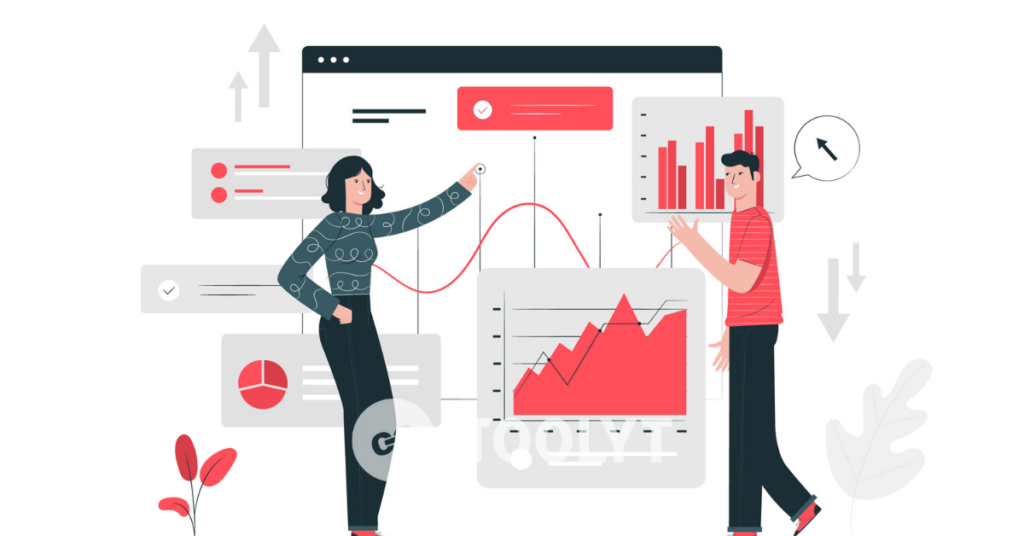We wanted to start this blog with the most credible facts to let our readers know what we’re writing today actually means something constructive and helpful. Today we are going to talk about data visualization and how it helps businesses take a giant leap over time.
First, let’s start with facts!
Companies using the best analytics capabilities bring out the best results:
- They are 2x more likely to be in the top quartile of their respective industries for financial performance
- Making decisions based on data 2x more frequently
- Decisions are 3x more likely to be executed as intended
- Decisions are made 5x faster than market peers
(Source: Bain & Company)
There is a no better way to quickly consume and act on data than visualization in a modern sales organization when it comes in large volumes (lots of data), velocity (constantly generated real-time, streaming data), and variety (data coming in both structured and unstructured formats from many different sources).

What is Data Visualization?
The depiction of data using conventional images such as charts, plots, infographics, and even animations is known as data visualization. Complex data interactions and data-driven insights are communicated with these simple visual representations of data.
Data visualization feature may be used for a wide range of applications, and it’s crucial to remember that it’s not only for data teams. Data analysts and data scientists use it to find and explain patterns and trends, while management uses it to portray organizational structure and hierarchy.
Importance of Data Visualization!
Information is more easily grasped when it is visualized. Visual aids like graphs can help decision-makers understand information more quickly and easily than just reading reports. Widgets enable decision-makers to interact with data and uncover the questions they should be asking in order to gain more insight. The following are some examples of how data visualization can be useful:
- Assisting decision-makers in understanding how to interpret business data in order to make business decisions.
- Using a visual representation of massive volumes of data to provide a summary of previously unknown patterns in the data, exposing insights and the story behind the data in order to establish a business goal.
- By making sense of your data, you may visualize company data to manage growth and transform patterns into business plans.
- Revealing previously unnoticed key points about the data sources in order to assist decision-makers in the creation of data analysis reports.
Here are the Five Benefits of Having Visualization of Data at your Fingertips
1. Track & Monitor KPIs
Data visualization tools aid in the tracking of progress toward company objectives, providing sales leaders with immediate insights into their teams’ overall performance and allowing them to make faster and better decisions. You can use KPIs to identify possible business opportunities or areas for improvement, and then focus on high-value activities with the best return on investment.

2. qUICK-ACTION REPSONSE
Visual information is significantly easier for the human brain to interpret than numerical or verbal information. Visualizing data adds a new degree of clarity and transparency to the sales department, allowing decision-makers to take relevant actions instantly.
A sales manager with timely information can track sales operations and communicate with other stakeholders in the company’s CRM system.
Moreover, it provides more clarity and insights, allowing sales decision-makers to react more swiftly to unexpected situations. Good alignment between marketing and sales teams is necessary. This improves the sales processes and ensures timely information is received. They are better able to work towards a common goal and achieve a successful outcome.
3. Trends & Patterns
Salespeople must spot trends or patterns in their data that may necessitate rapid action. Data visualization helps the viewer to see and understand information more quickly. For example, one can see changes in website or blog traffic over time by looking at a graph or chart. A sales analyst can use data visualization to quickly determine whether a new blog post or webpage is resonating with visitors.
Additionally, with the insights into the analytics, sales reps can actually see a lot of things. For instance, to see how customer distribution is happening or know about your top 10 customers. Thus giving you an upper edge when you’re cross-selling other products to these customers.
4. Enhancing productivity
According to Aberdeen Group research, companies that use data visualization tools have a 28 percent higher chance of obtaining information on time than those that rely solely on reporting and dashboards. Your salespeople may spend less time on time-consuming chores and more time being productive with powerful data visualization capabilities.
With the insight & data visualization resources, sales reps will be more informed and well-trained to sell more & quickly.
5. Gamification
It’s a terrific method to incentivize your salespeople to use real-time data to arrange fuel-friendly sales competitions. In reality, incorporating gamification into your sales process can have a significant financial impact. According to other studies, when first-year salespeople are encouraged by gamification, they are 30 percent more likely to meet their quota.
Sales leaders can set up data-driven competitions amongst reps or teams of salespeople using real-time data. Real-time data visualization can help motivate you to succeed by displaying the current state of the competition. Reps who maintain a continual eye on their progress are more likely to succeed.
It is suggested that teams be used while developing sales tournaments. Everyone benefits from a team competition because it motivates teammates to collaborate and share best practices.
Toolyt CRM: Data Insights at your Fingertips
Toolyt mobile CRM can be an intelligent personal assistant for all the data insights. From performance reports to collection reports, you can view every data report in the app itself.
Not only this will guide and help sales reps for closures but also give them a clear insight about the sales.
With the in-built application insights feature, any organization can make a breakthrough with data visualizations and analytics. This will enhance the business growth but also save time and development for the companies.
Schedule a demo for better conversions via a data-driven approach!



